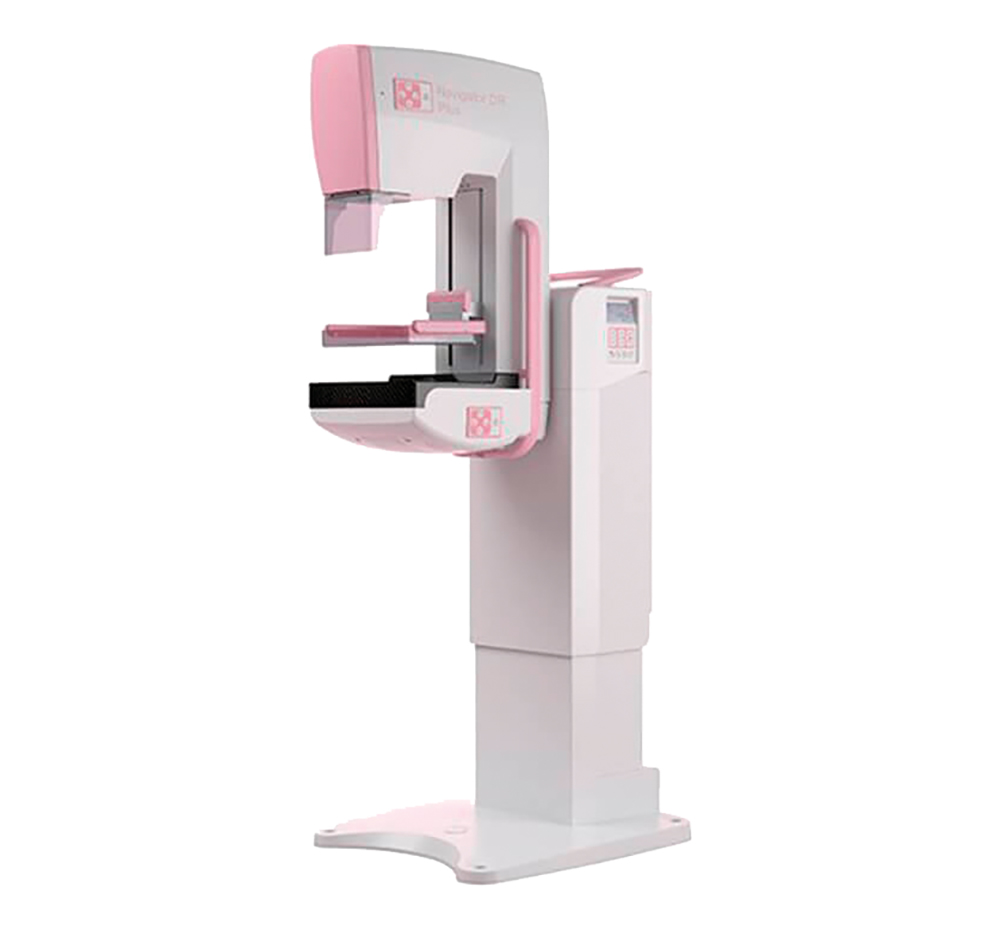
Regular readers of this column will recall I am a great fan of the U.S. Preventive Services Task Force (USPSTF) and its recommendations. I consider them the most unbiased agency for evidence-based guidelines for prevention and screening in medicine and cancer. Of course, that does not mean I always agree with their recommendations.
Screening mammography for average-risk women was first proven effective in the late 1970s by the HIP (Health Insurance Plan) randomized controlled trial which showed a reduction in breast cancer mortality of 30% for the mammography group at five years as compared to controls. This became the basis for the adoption of mammography screening guidelines for women over age 50, widely advocated by the American Cancer Society, starting in the early 1980s.
Over ensuing decades, there have been eight randomized trials of breast cancer screening, all conducted in Western countries (the European Union, U.S., Canada); all have been of more or less similar designs, with small variations. All eight gave essentially the same results with the exception of the Canadian study, which did not find a mortality benefit for reasons never well explained. Why the world has needed so many large expensive studies for this question remains obscure to me. It would have been good if at least one of the trials were conducted in a different population such as in Asia.
Most of the trials recruited subjects starting at age 40. When the first trial, the HIP study, did an unplanned subgroup analysis by age, as statisticians frequently do, they found that the screening mortality benefits were restricted to those over the age of 50 and that the subgroup aged 40-49 years had no benefit from screening. That analysis began the question of whether mammography should be extended to those below the age of 50. Almost all the subsequent trials have had subgroups below age 50 and the same thing has occurred—in every study, there has not been a statistically significant benefit for those below age 50.
There was actually one additional trial (beyond the eight mentioned previously) which included only women 39-48 years of age conducted in the U.K. Approximately 160,000 women were randomized in this trial and the follow up was for 23 years. This study showed a 14% reduction in breast cancer mortality, but it was not statistically significant. A subsequent meta-analysis of all these nonsignificant datasets, conducted by the Cochrane Collaboration, a highly respected organization, found a 16% reduction in breast cancer mortality at 13 years of follow-up for those in their 40s (95% confidence interval 0.73-0.96).
Based on these results and the considerably lower incidence of breast cancer in the younger age group, no country, including the U.S., has previously included women in their 40s in their recommendations for mammography. This was in consideration of the fact that, while there may be a small mortality reduction, there was a definite very high rate of false positives and biopsies, as well as severe anxiety accompanied by these extra screening exams. Thus, the trade-off was dubious, and the USPSTF decided that the decision deserved to be up to the individual woman. Therefore, the recent recommendation was that women in their 40s should be advised of the potential benefits and risks and should make their own decisions as to whether or not to undergo screening mammography.
In May this past year, the USPSTF changed its recommendation to make the official starting age for mammography 40 years. What was the basis for this change? There is no new evidence that bears on this issue. Instead, these recommendations rely on statistical modeling which tries to estimate what would happen if the starting age were lowered. The models used by the USPSTF assumed that breast cancer screening from 40 to 50 would reduce mortality by 25%. As noted above, the most optimistic and reliable published meta-analysis concluded that the actual benefit was 16%.
Something else to consider is that we are considering relative risks which can be misleading, not absolute risks which take into account the actual incidence rate of the disease. Bear in mind that the absolute risk of breast cancer mortality for younger women is relatively low, certainly as compared to older populations, so that a reduction in mortality is not so substantial in that population. A commentary published in the New England Journal of Medicine in September presented a table showing the absolute risks for women in their 40s over a 10-year period. Deaths from any cause were 3.0%-3.1% (30-31 deaths/1000 women over 10 years). The estimated number of breast cancer deaths over the 10-year period was 0.31% (3 deaths/1000 women) without mammography and 0.23% (2.3 deaths/1000 women) with mammography. In essence, screening improves the likelihood of not dying from breast cancer from 99.7% to 99.8%. In exchange, 6.6% (66/1000) of the women will undergo a biopsy. I won’t speak to the financial cost or the bother of traveling and coping with the waits for annual mammograms, biopsies and follow-up tests.
One final thought is that the incidence rate of breast cancer is not constant across the age range—the incidence and mortality rates increase between 40 and 49. Thus the benefits of mammography may be concentrated for those initiating mammography at the higher ages—47, 48, 49.
As always, my goal is to educate as best I can regarding the published data and statistics on which guidelines and recommendations are based. The reader should make her own decisions after consultation with her healthcare provider.
Alfred I. Neugut, MD, PhD, is a medical oncologist and cancer epidemiologist at Columbia University Irving Medical Center/New York Presbyterian and Mailman School of Public Health in New York. Email: [email protected].
This article is for educational purposes only and is not intended to be a substitute for professional medical advice, diagnosis, or treatment, and does not constitute medical or other professional advice. Always seek the advice of your qualified health provider with any questions you may have regarding a medical condition or treatment.









